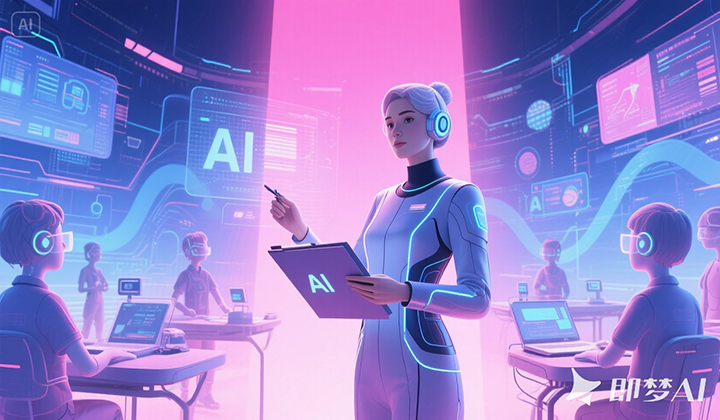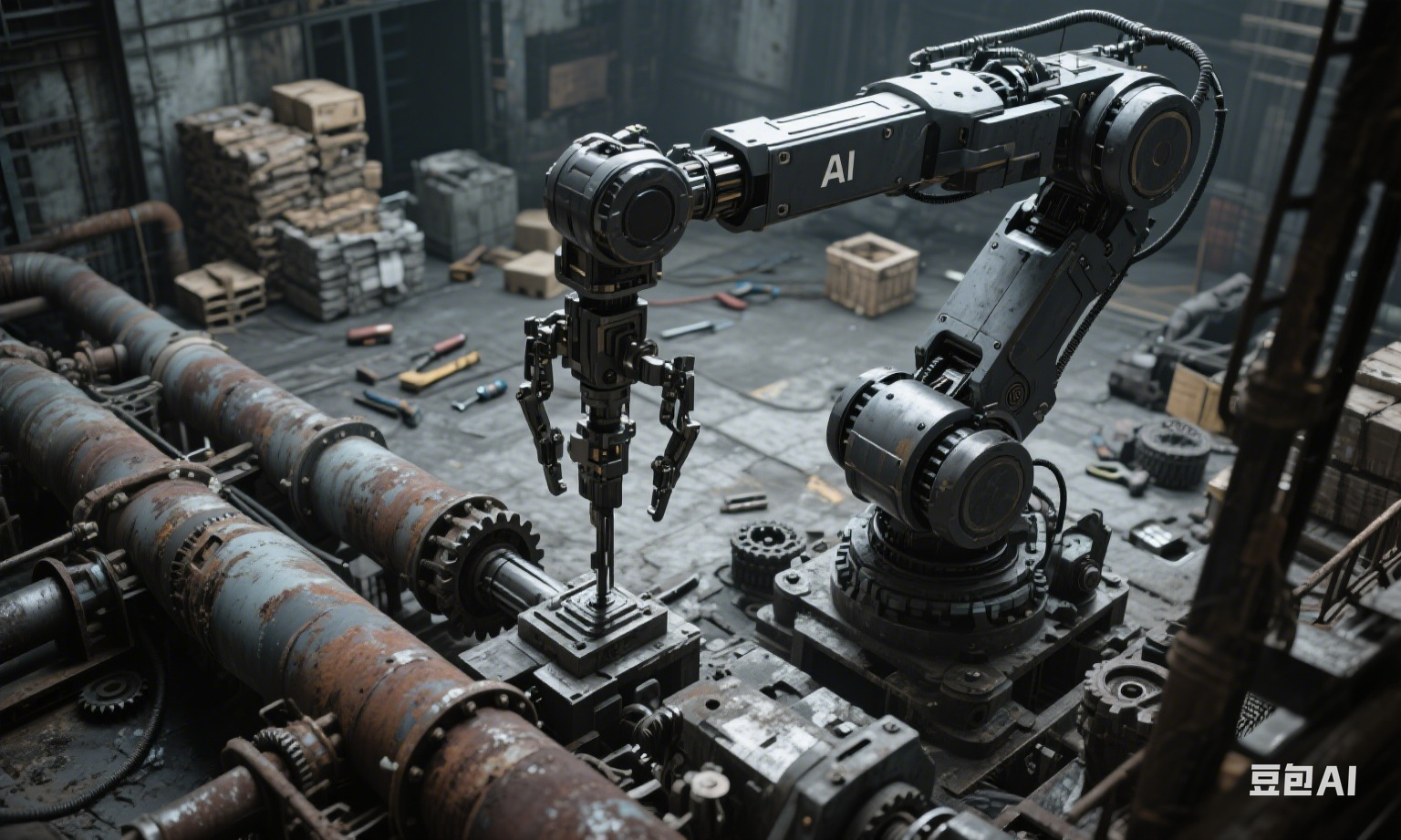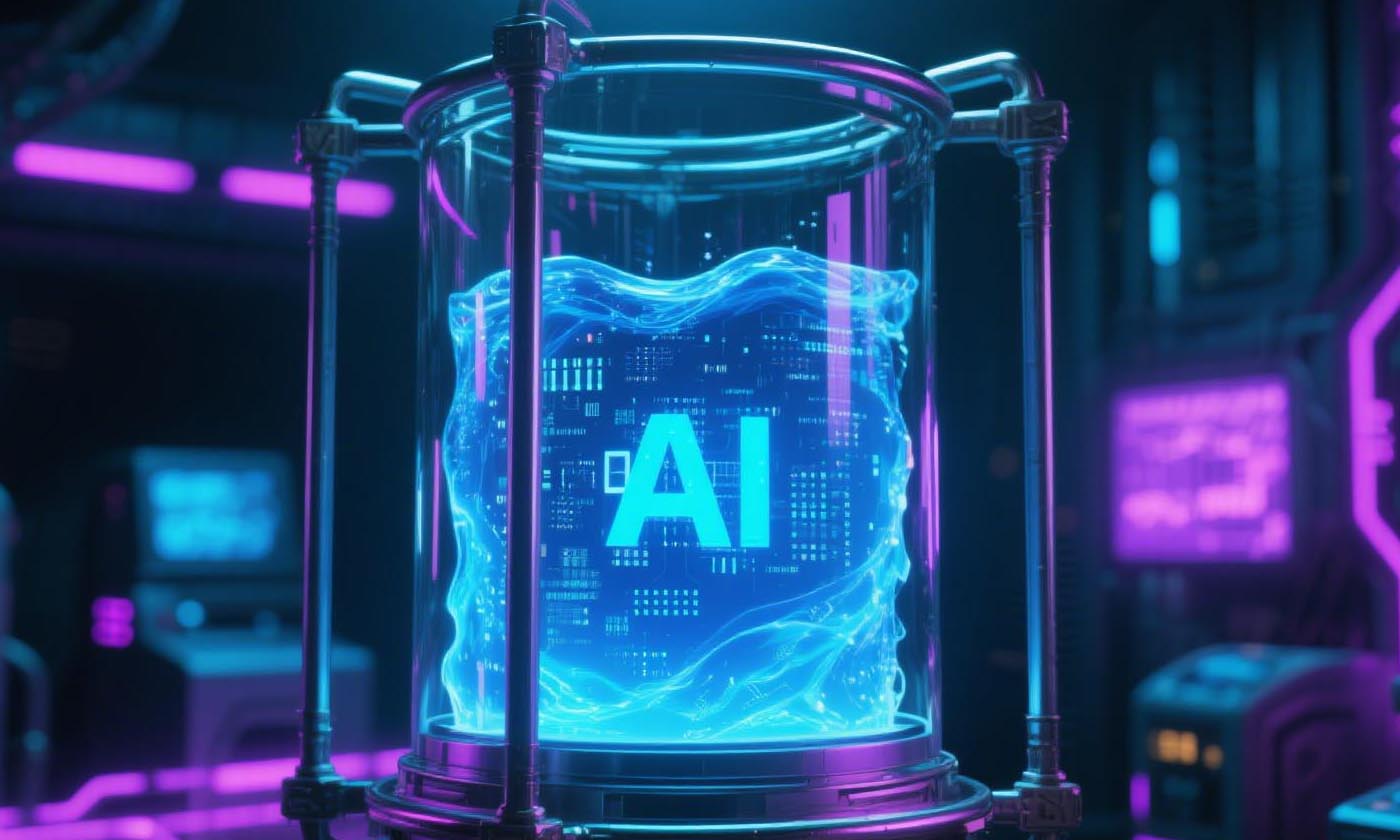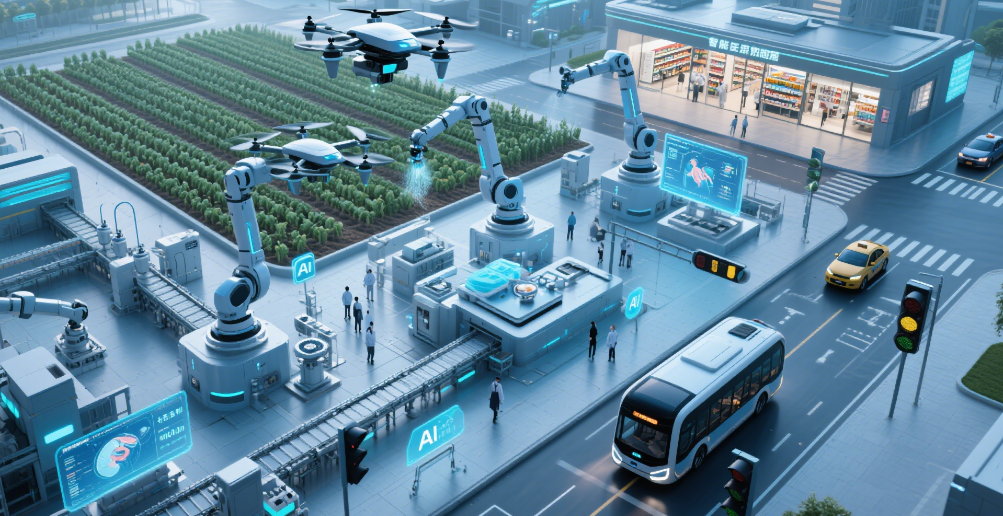How Autonomous AI Agents Are Reshaping the Future of Work
What Are Autonomous AI Agents?
Autonomous AI agents are systems designed to perceive their environment, reason about goals, make decisions, and act independently. They combine several branches of AI, including natural language processing (NLP), machine learning (ML), reinforcement learning (RL), and symbolic reasoning. At their core, these agents are task-driven entities capable of long-term planning and dynamic adaptation.
For example, an AI agent could be assigned a complex task like "generate a weekly financial report using data from multiple sources." Rather than executing a set of fixed instructions, the agent can explore tools (e.g., databases, APIs), ask clarifying questions, and adapt its approach as requirements change—much like a human analyst would.
Key Technologies Powering Autonomous Agents
-
Large Language Models (LLMs): GPT-4 and similar models enable agents to understand and generate human-like language. They serve as the interface for communication and decision reasoning.
-
Tool Use and Plugins: Modern agents can use external tools (like web browsers, spreadsheets, APIs) to gather data or complete actions. This drastically expands their capabilities beyond text generation.
-
Memory and Planning: Through vector databases or long-term memory modules, agents can recall past interactions and use that knowledge to guide current tasks. They also use planning algorithms to break down large goals into subtasks.
-
Autonomous Looping: Agents like Auto-GPT and BabyAGI utilize feedback loops, allowing them to review outputs, evaluate progress, and iterate until the desired outcome is reached.
Real-World Applications
Autonomous AI agents are already making significant impacts in several fields:
-
Customer Service: Agents can autonomously resolve tickets, retrieve information, and escalate only when necessary, reducing workload for human staff.
-
Software Development: Tools like Devin and Code Interpreter agents can write, test, and debug code with minimal human input, speeding up development cycles.
-
Marketing and Sales: AI agents can autonomously create marketing campaigns, analyze customer behavior, and even negotiate deals in e-commerce scenarios.
-
Data Analysis: Agents can clean, visualize, and interpret complex datasets across finance, healthcare, and logistics, providing insights in real-time.
Benefits and Challenges
Benefits:
-
Scalability: One AI agent can handle tasks for hundreds or thousands of users simultaneously.
-
24/7 Operation: They never sleep, offering round-the-clock productivity.
-
Consistency: Unlike human workers, agents don’t get tired or distracted.
Challenges:
-
Reliability: Autonomy comes with unpredictability. Agents can go “off track” without proper safeguards.
-
Ethical Concerns: Who is responsible when an autonomous agent makes a harmful decision?
-
Security: Agents with tool access may inadvertently trigger unwanted actions if not properly restricted.
The Road Ahead
The next generation of autonomous agents will likely feature:
-
Multi-modal capabilities: Processing and generating not just text, but also images, audio, and video.
-
Emotional intelligence: More nuanced understanding of human tone, sentiment, and intent.
-
Collaboration frameworks: Teams of AI agents working together toward complex goals, like managing a company’s operations or conducting scientific research.
As we move forward, governance, transparency, and ethical design will be critical. Agents must be auditable and aligned with human values to ensure safe and beneficial deployment.
Conclusion
Autonomous AI agents represent a transformative leap in the world of artificial intelligence. They promise not only to enhance productivity but also to redefine the very structure of work and decision-making. While there are still challenges to overcome, their potential to function as intelligent collaborators opens a future where humans and machines solve problems together—smarter, faster, and at an unprecedented scale.












